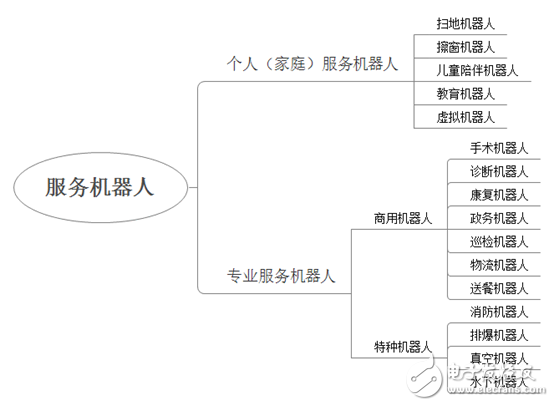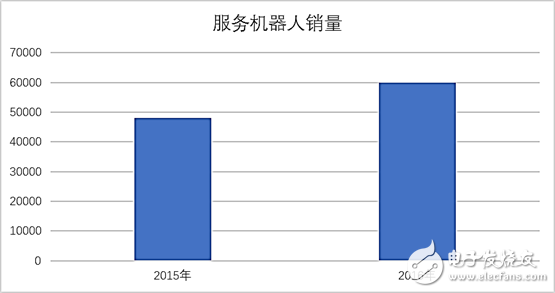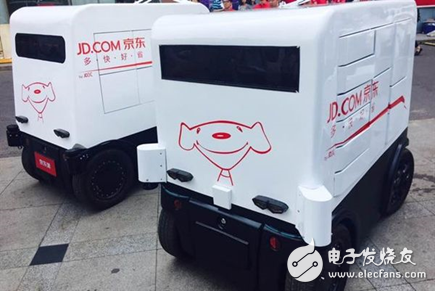Service robots are a distinct category of robots that differ from traditional industrial robots. Unlike their industrial counterparts, which are primarily used in manufacturing environments, service robots are designed to enhance and support human life in various daily scenarios, such as clothing, food, housing, transportation, finance, consumption, and entertainment. Their purpose is to make everyday life more convenient, efficient, and safe.
Traditionally, the service robot market is divided into two main categories: personal (home) service robots and professional service robots. Professional service robots can further be categorized into commercial and special-purpose robots. Personal service robots include devices like robotic vacuum cleaners, window-cleaning robots, child companions, educational robots, and virtual assistants. Commercial robots encompass surgical robots, diagnostic tools, rehabilitation systems, government assistance robots, inspection units, logistics robots, and food delivery systems. Special robots, on the other hand, are designed for specific and often hazardous tasks, such as firefighting, bomb disposal, underwater exploration, and vacuum cleaning in extreme environments.

**Figure: Service Robot Classification**
In recent years, the global service robot market has shown steady growth. According to market data, the total value of service robot sales reached $4.7 billion in 2016, representing a 2% increase compared to 2015. The number of units sold also rose significantly, from 48,000 in 2015 to nearly 60,000 in 2016, marking a 24% year-over-year growth.

The overall service robot market is showing strong development momentum. As an emerging industry, it benefits from the vast potential of new markets. However, despite this positive outlook, there are still significant challenges and gaps in the current market.
One of the most notable issues is that the development of service robots is currently concentrated in a few areas, rather than being widespread. While certain applications like robotic vacuum cleaners, logistics robots, inspection robots, surgical robots, and food delivery robots have seen substantial progress, many other potential fields remain underdeveloped. For example, applications in elderly care, disability assistance, autonomous driving, security, agriculture, and even simple household tasks like opening doors or cutting fruit are still in early stages. In these areas, robots may seem inefficient or even "mentally delayed" compared to their more advanced counterparts.

**Figure: Jingdong Express Robot**
A major challenge in the development of service robots is the need to overcome key technological bottlenecks. These limitations hinder the widespread adoption and practical implementation of service robots in more complex and diverse environments. Solving these issues will be crucial for the future growth and success of the service robot industry.
High Capacity Pvc Pe Pipe Production Line,Precision Pvc Pe Pipe Production Line,Affordable Pvc Pe Pipe Production Line,Customizable Pvc Pe Pipe Production Line
Zhejiang IET Intelligent Equipment Manufacturing Co.,Ltd , https://www.ietmachinery.com